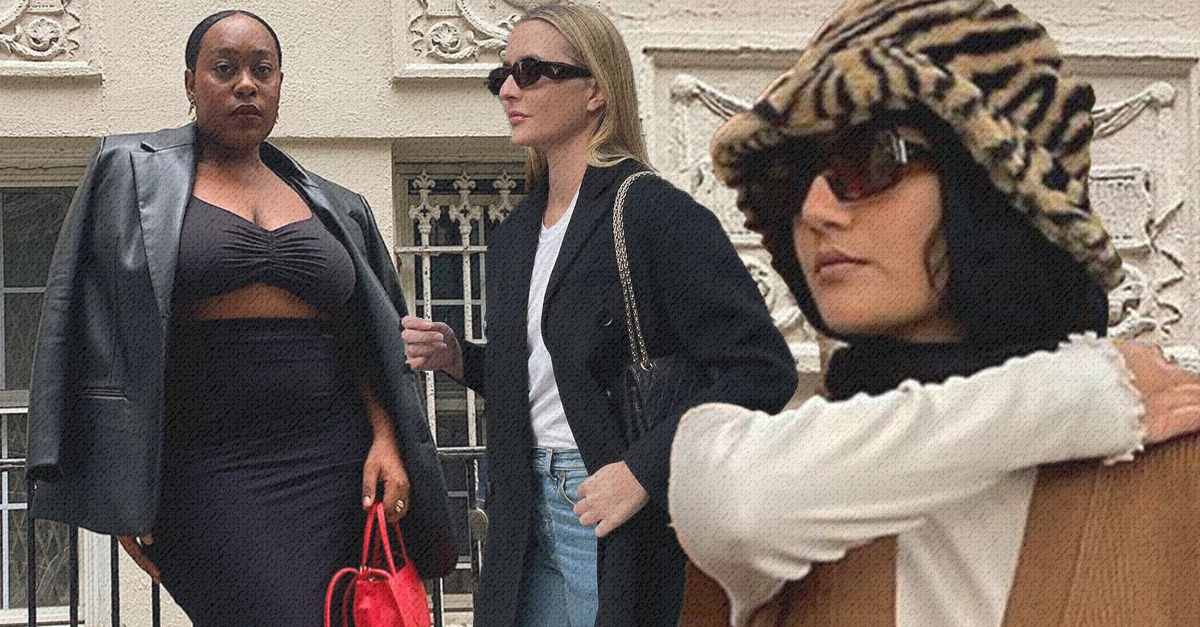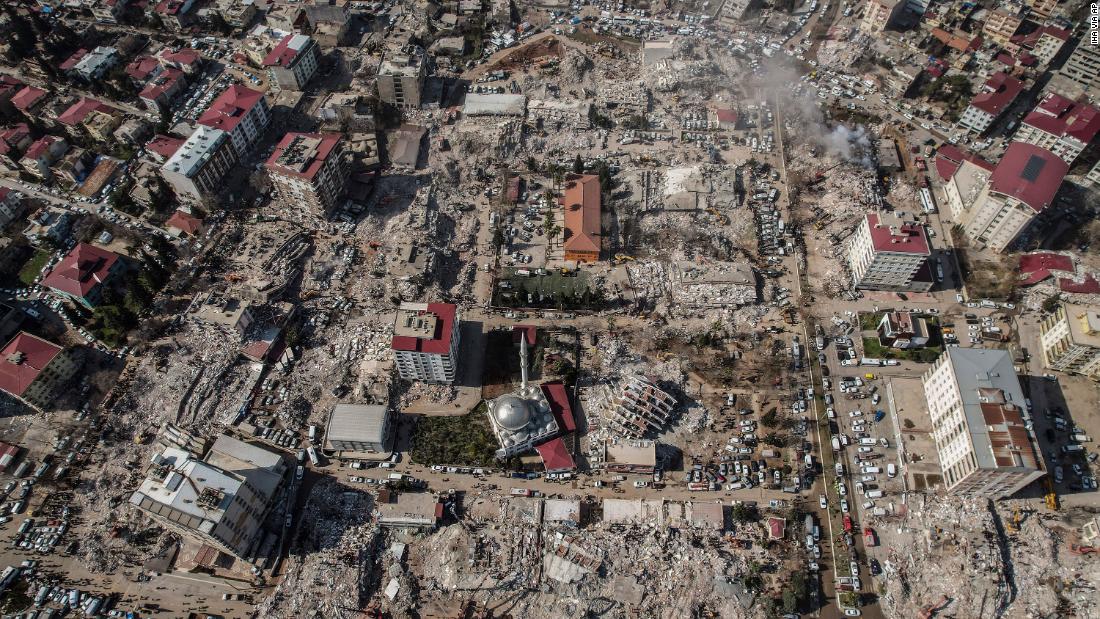Did Post-9/11 Counterterror Tools Normalize Surveillance of Black New Yorkers?
Since the Sept. 11 terror attacks, New York police have grown accustomed to utilizing antiterror tools to combat street crime and gang violence. The near-constant state of surveillance has disproportionally impacted people of color.
Counterterrorism tools adopted by the New York Police Department (NYPD) in the wake of 9/11 have become a mainstay of interactions between police and civilians, the New York Times reports. It’s now normal for some New Yorkers to routinely come into contact with tools like facial recognition software, license plate readers or mobile X-ray vans that can see through car doors. Officers have grown accustomed to utilizing these antiterror tools to combat street crime and gang violence, and many NYPD personnel tout their effectiveness. But many New Yorkers have found themselves under a near-constant state of surveillance, a reality that primarily impacts people of color and has generated widespread opposition to the department’s use of counterterrorism technology. In fact, according to an estimate from an analysis by Amnesty International, a person attending a protest between Washington Square Park and Sixth Avenue — a common route for protests after the death of George Floyd last summer — would be captured on NYPD’s Argus video cameras for about 80 percent of that march.
Following the attacks on September 11, safeguards meant to limit the police’s ability to monitor political activity were suspended, and thousands of cameras and license plate readers were installed around Manhattan. Even after the recent passage of the POST Act, which requires the department provide a public accounting of its post-9/11 technology, officers remain reluctant to fully comply with the transparency requirements. Additionally, much of the data collected from cameras, plate readers and X-ray vans can be gathered without a warrant. Donna Lieberman, the executive director of the New York Civil Liberties Union, began mapping out every camera the group could find in the city before and after 9/11. Her findings reflect the state of surveillance in New York City: “We made a map, and we had dots — we had pins at that time — where there were cameras. And when we did that, there were a couple of thousand,” Lieberman said. “We repeated the survey at some point after 9/11, and there were too many cameras to count.”

 Landwebs
Landwebs 





















